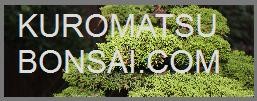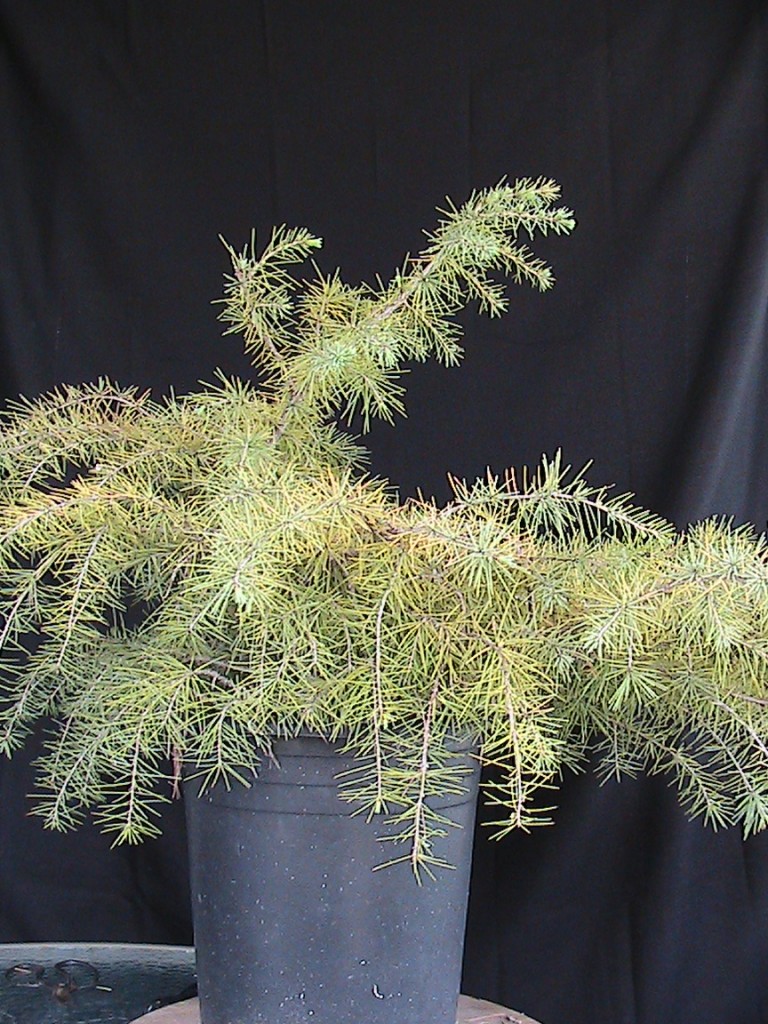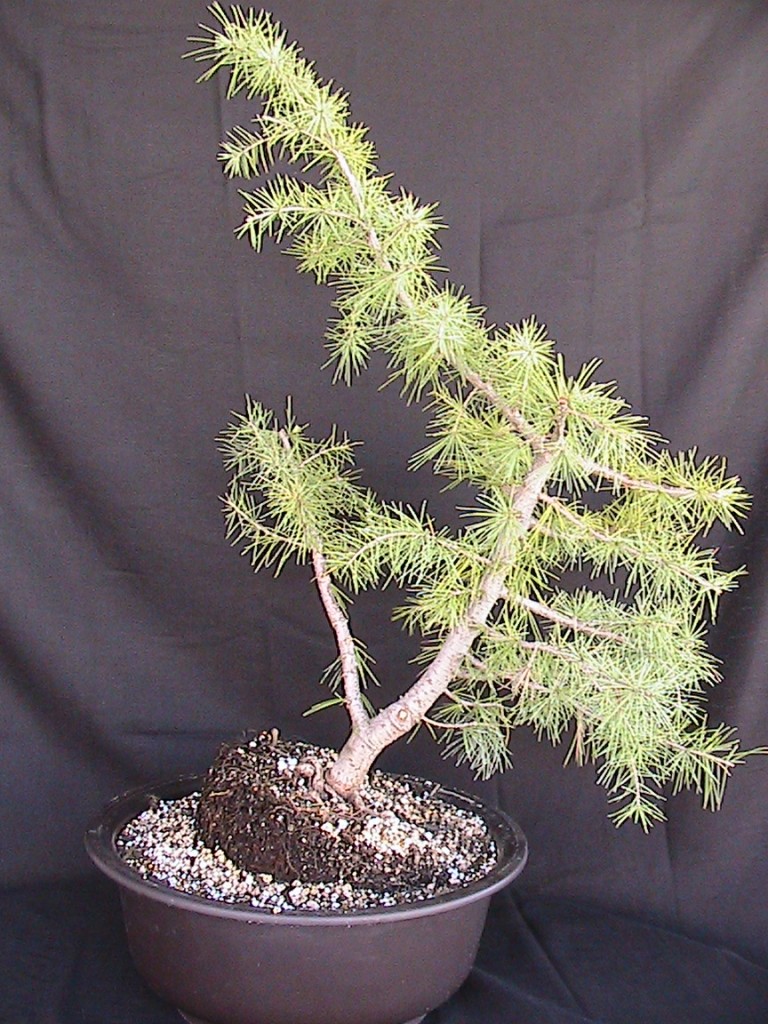Cedar Bonsai
Cedar Bonsai
Cedar bonsai are beautiful, interesting, and not often seen. While true Cedars are, for the most part, easy to cultivate, they are difficult to style as bonsai – which makes a good one a rare treat, indeed.
Background:
While some varieties of Juniper are referred to as Cedars (such as the Red Cedar and White Cedar), this page deals with the true Cedars. True Cedars (genus Cedrus) are medium to large trees whose appearance is somewhere between a Larch and a Pine, albeit with drooping or weeping branches. True Cedars are evergreen trees which grow finely textured pinelike needles in small clusters, spaced out along the branches. Genus Cedrus consists of only four species, native to Asia, North Africa, and the Middle East: Cedrus Libani (Lebanon Cedar), Cedrus Deodara (Himalayan Cedar) Cedrus Brevifolia (Dwarf Cedar or Cyprus Cedar) and Cedrus Atlantica (Atlas Cedar). The aromatic wood of Cedar trees has been used since ancient times to make chests and closets for storing clothing, and is still used to make shoe trees. In modern times, Cedar trees are extensively used as ornamental trees in landscaping. The Deodar Cedar is particularly popular in the Western U.S. because it is very cold hardy, drought tolerant, and relatively fast growing.
Where to Get One:
Cedar trees are rarely sold as bonsai. There are some sources for seeds for the Atlas Cedar and the Lebanon Cedar, if you wish to try your hand at growing one from seed. However, if you live in any temperate part of the world, the best source for a Cedar tree is a landscape nursery.
What to Do With It After You Get It:
If you want a thick trunk, your Cedar needs to spend several years in the ground. These trees are for the most part fast growing and form thick trunks easily, but not in containers. Put an Atlas or Deodar Cedar in the ground, and you will see lots of growth and a thick trunk in just a few years, but you must keep pruning back the top of the tree or the bottom growth will die off. Deodar Cedars will bud back if heavily pruned, but other species will not.
Soil and Potting:
Repot all varieties except Atlas in the early spring, just before they start to push new growth. Atlas Cedars prefer warmer weather for repotting, and generally will not emerge from dormancy until late spring. They prefer a little more organic matter than most other conifers, due to their habit of pushing intense growth during a fairly short growing season. 65% Aggregate and 35% organic matter is a good mix. Aggregate can be decomposed granite (preferred; it is what they grow in in nature) or pumice, coarse sand, Akadama, Turface, Diatomite, or any combination of the above. The best organic matter is composted bark. Atlas Cedars can take a lot of fertilizer and they seem to prefer an organic, high nitrogen fertilizer in the spring, to fuel new growth.
Siting:
Atlas Cedars seem to prefer full sun. Deodar Cedars like a little shade. Their needles become pale in the sun, and they will show a darker and healthier blue in their needles if they are kept in partial shade.
Pests and Diseases:
Like their cousins the Pines, Cedars are vulnerable to Needle Cast, so do not keep them in high moisture areas, and make sure they are potted in well draining soil.
Pruning and Shaping:
Cedars can be trained to just about any bonsai shape, but seem to work best as informal uprights and semicascades or cascade styles. The exception is the Lebanon Cedar, which makes a wonderful formal upright tree. Atlas Cedars and Lebanon Cedars respond well to wiring, but the wiring may have to be left on for as long as two years for the branches to take a set. Some varieties like Blue Atlas Cedar (Cedrus Atlantica Glauca) can be very slow growing, especially in a container. Deodar Cedars are best shaped by pruning. Their wood is very springy, and they usually only take a set if the wire is allowed to cut in so deep that it scars the tree.
Closing Remarks:
Because of their short needles, compact growth, and interesting bark, the true Cedars make wonderful bonsai. However, care must be used, as they can be difficult.




